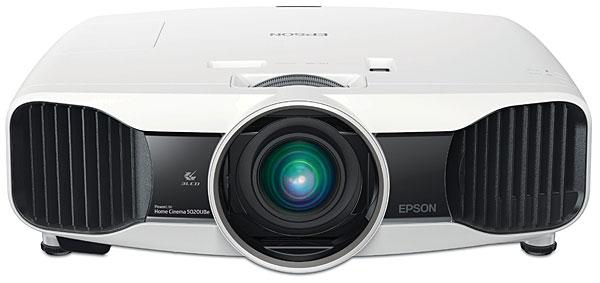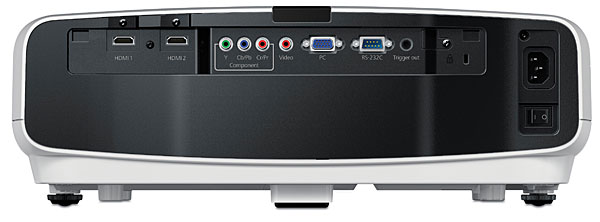Can Thomas please post the calibrated settings on this page like they did for the Epson 8350 review? I used those settings in my theater for the 8350 and they were spot on. I now have the 5020UBe and would like to know what he changed the settings to.
thanks,
C












































































